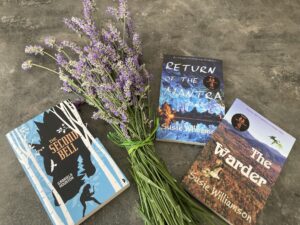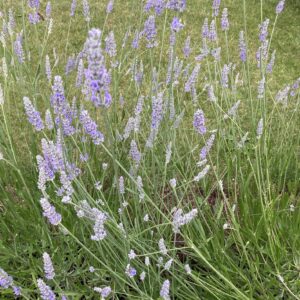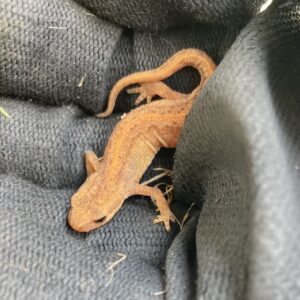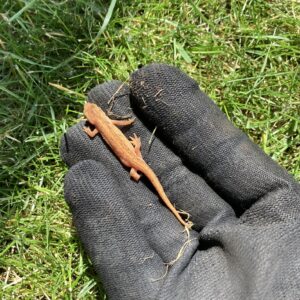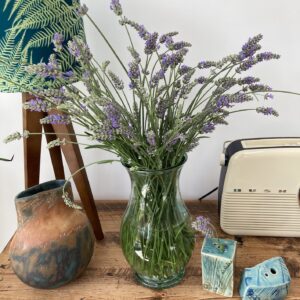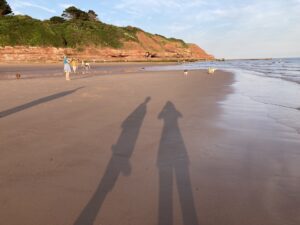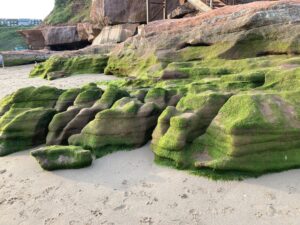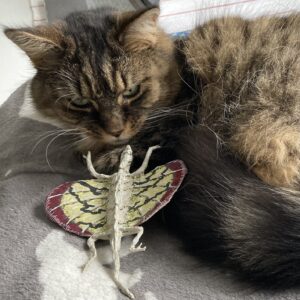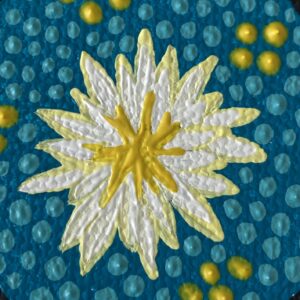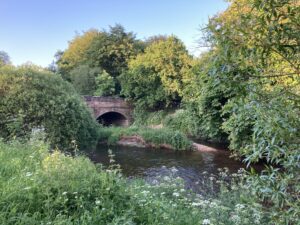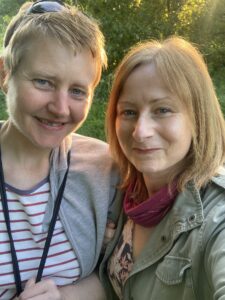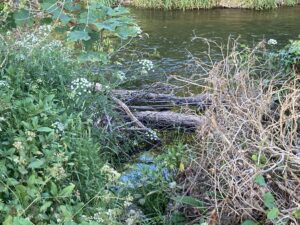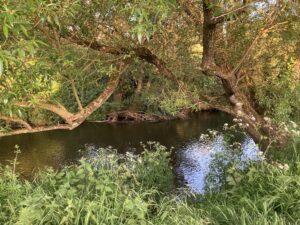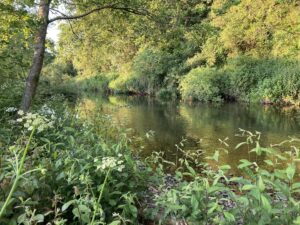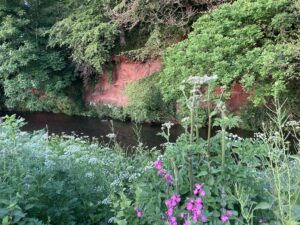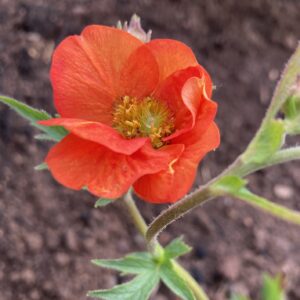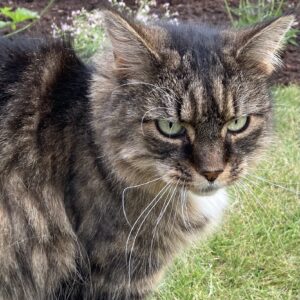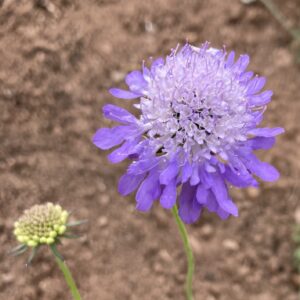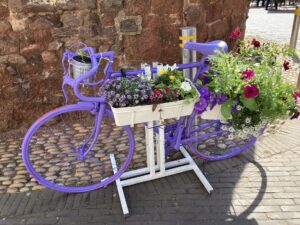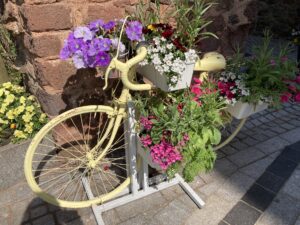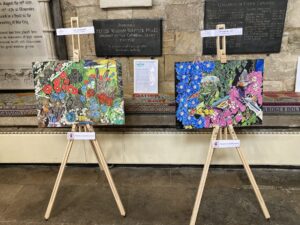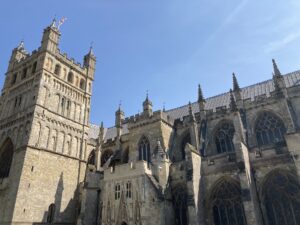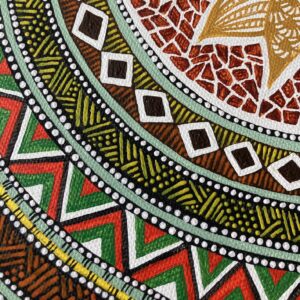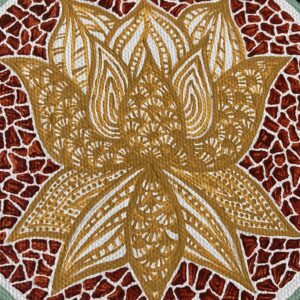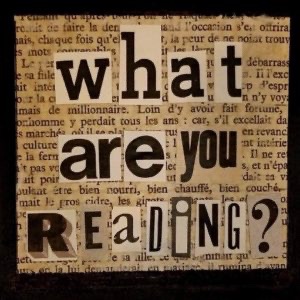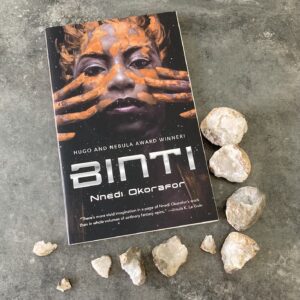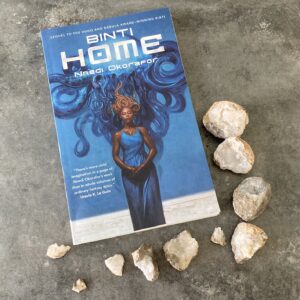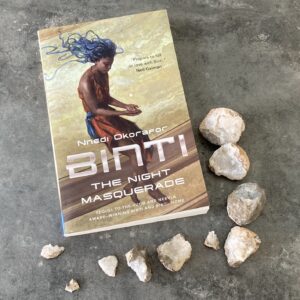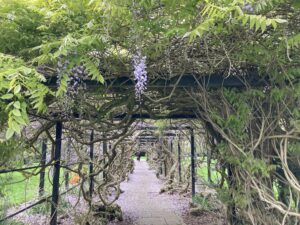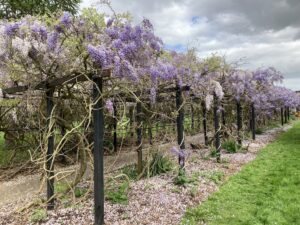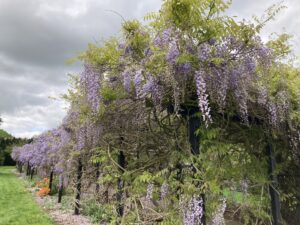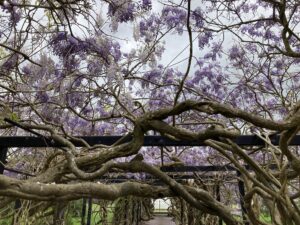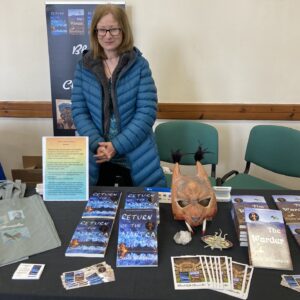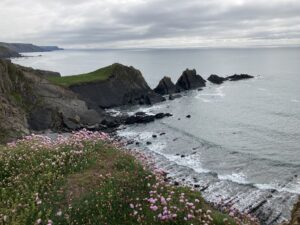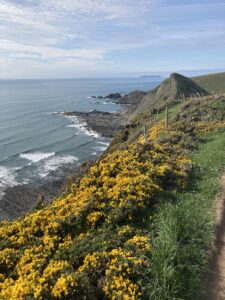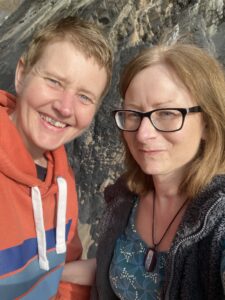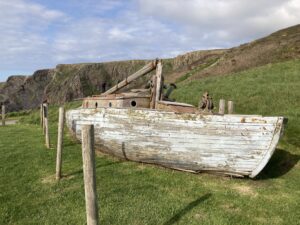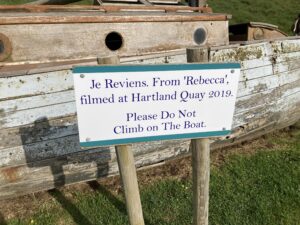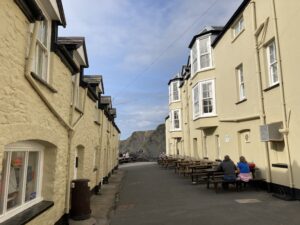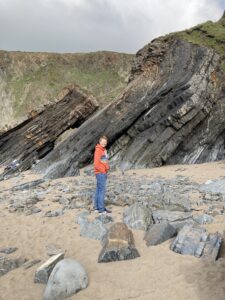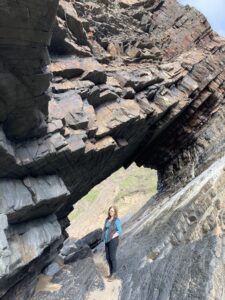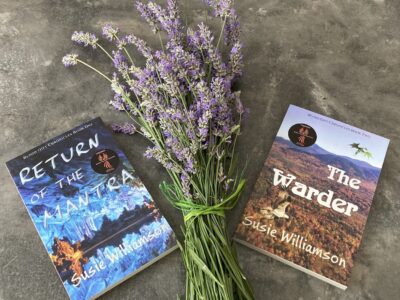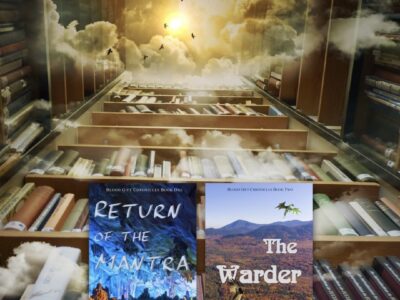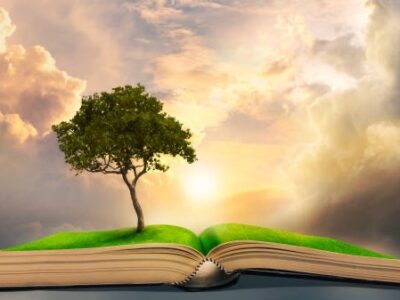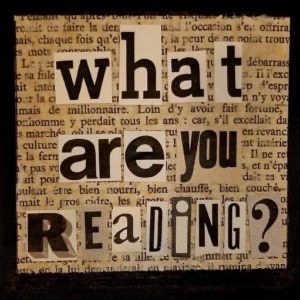
Summer is here, the lavender is in bloom, and it’s the perfect time to cast away into imaginative landscapes anew. While I fine tune the layers of my third instalment of Blood Gift Chronicles, checking depth of sweeping landscapes filled with magic and colour, I smile to think of the times my work has been compared to Ursula Le Guin’s. Huge compliment, and she is of course a wonderful source of inspiration. And I’m also honing in on the characters, seeing them in my mind’s eye, carving out strengths they never knew they had.
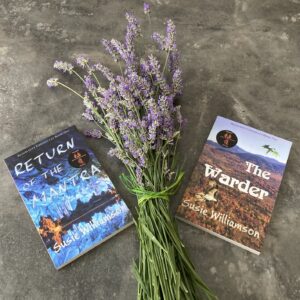
I adore character arcs that surprise, illuminate, fill with dread and show possibility, the storylines that find new paths, reflect, inspect and seek out the poetry of humanity. While I continue on the path for my own story, this train of thought brought a wonderful title to mind, with characters I simply adore. Enjoy…
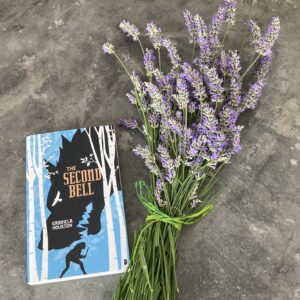
The Second Bell, by Gabriela Houston
The Second Bell is an intimate and heartfelt tale that had me captivated from the start. Set in an isolated mountainous community, we first meet Miriat, a woman faced with an impossible choice. She has a daughter named Salka, but Salka is no ordinary girl: she is a striga, a child born with two hearts, considered to be a dangerous demon. Salka’s fate is to be banished from the community and likely perish in the wilderness. But Miriat will not abandon her daughter and instead leaves with her, to face a life of hardship and deprivation. They reach a remote outcast village where previous strigas have gone before. It is a suspicious community with harsh self-imposed laws: it is forbidden for a striga to follow the impulses of their second heart; to do so faces the punishment of having their second heart burned out of their chest. For a mother like Miriat, the advice is simple: since an infant cannot be expected to have any self-control, ensure the other heart doesn’t have any reason to assert itself.
Miriat’s personal story arc is one I adored, demonstrating a mother’s unreserved and steadfast love for a daughter whose very existence is a fight for survival; a love uncompromising in its willingness to self-sacrifice. Immersive writing takes you deep into the heart of the community, where villagers share bonds of communal living and struggle, sacrifice and an uncompromising vision. An array of characters come to life on the page, with needs and desires, loyalties and betrayal, where seers are revered and the most indoctrinated hide secrets.
Fast forward years later and Salka is a young woman, still living with her mother in the village, and trying with all her might to adhere to the rules. She is taught self-loathing for a power that is integral to her, and to approach life with self-discipline that leaves no room for compassion. She is soon tested, and fails, and tested again, to the point she might break. And as the reader, I was rooting for her each step of the way, appalled and teased by a complicated community that enforce bleak truths and live out hypocrisies. Salka’s journey is one of courage and loyalty to integrity, compassion and truth, one that encourages the reader to reflect on what it means to be human, what it means to dare to embrace ourselves. A wonderful and unforgettable read.
What are you reading?
